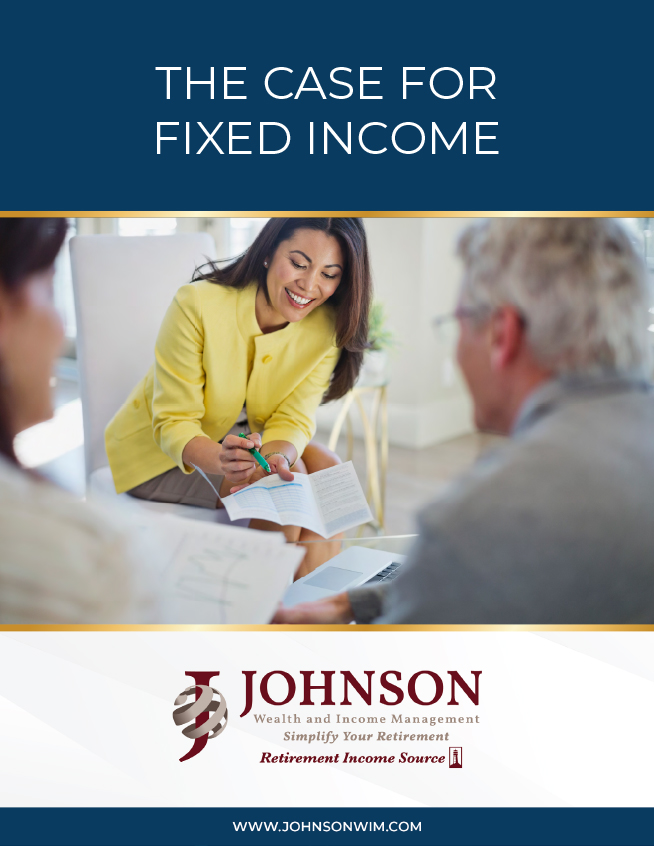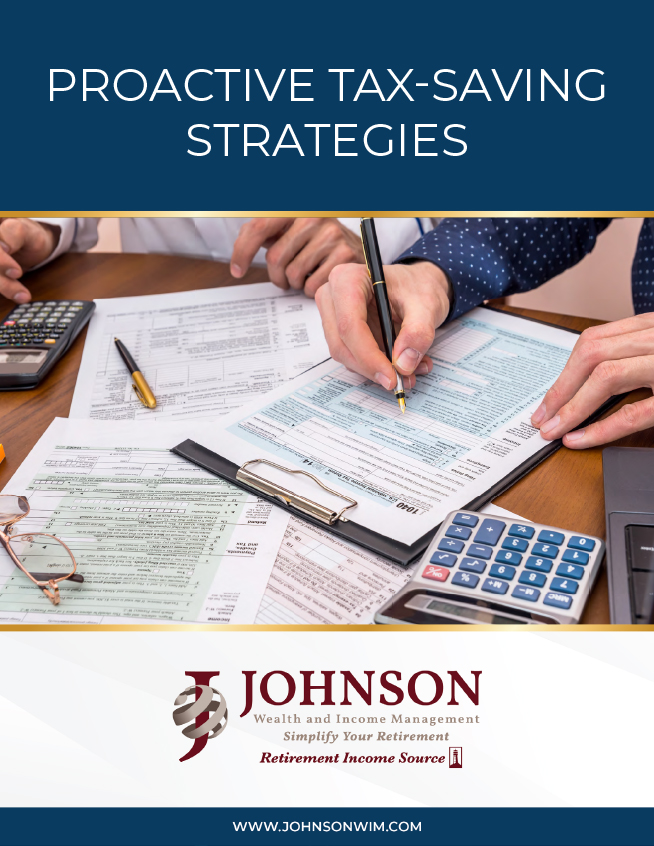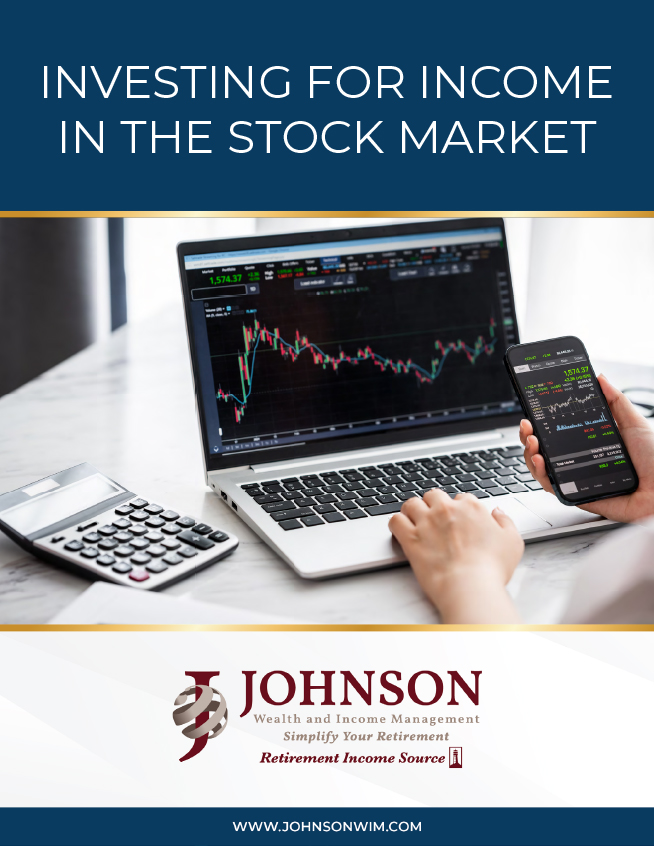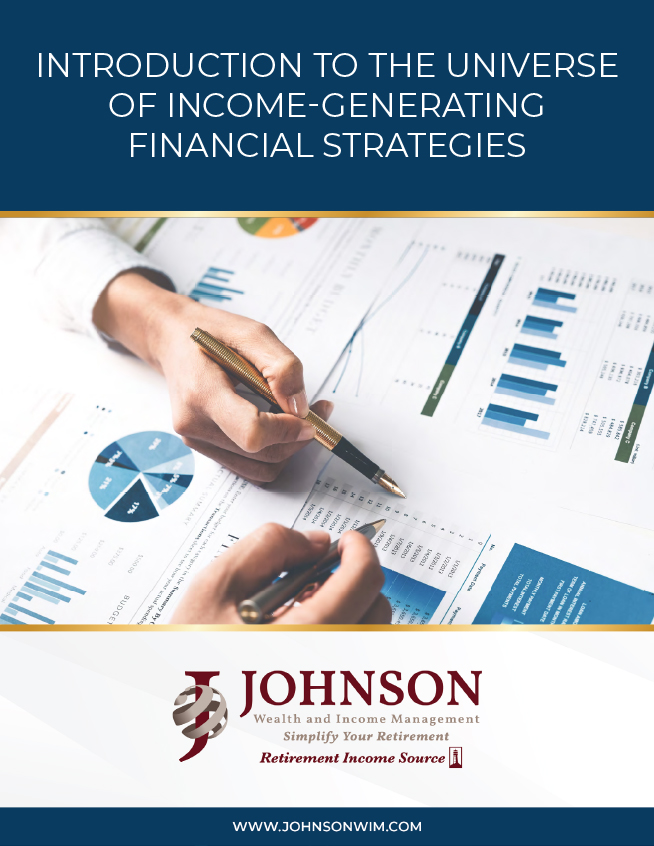The Case for Fixed Income
We hear the term “renewable resource” used often when referring to energy — solar, wind, and even tidal energy. Most agree that the practical use of renewable energy is essential for our future well-being. The same can be said for money, investing, and retirement. By planning ahead, Americans born in or before 1970 — a.k.a. The Income Generation — can help to ensure they do not run out of money in their golden years.
Only decades ago, people were expected to retire and only live for a few years, during which time they could simply spend down their savings. However, as life expectancies continue to increase, many people can expect to enjoy 30 years or more in retirement. That’s why it’s become imperative for anyone over the age of 50 to establish their own renewable streams of income to cover the cost of enjoying more time in retirement.
You might think this means you need a bigger lump sum of money to retire, but at the end of the day, it can take a long time to accumulate more lumpsum dollars. In my experience, the more sensible approach is to try to maximize the amount of interest and dividends that a lump sum can generate.
A More Certain Future
By placing a significant part of their portfolio in fixed-income securities, or what I refer to as the universe of bonds and bond-like instruments, members of The Income Generation can establish a renewable source of income they can count on throughout retirement, while also helping to preserve the value of their original investment.
Investing in income-generating instruments can be like lending your money to the largest U.S. companies that pay you regularly scheduled interest. In the case of individual bonds, at the end of the loan term, they send you the last interest payment along with the return of your original principal. This is, of course, assuming there are no defaults.
The Case for Fixed Income Read More »










